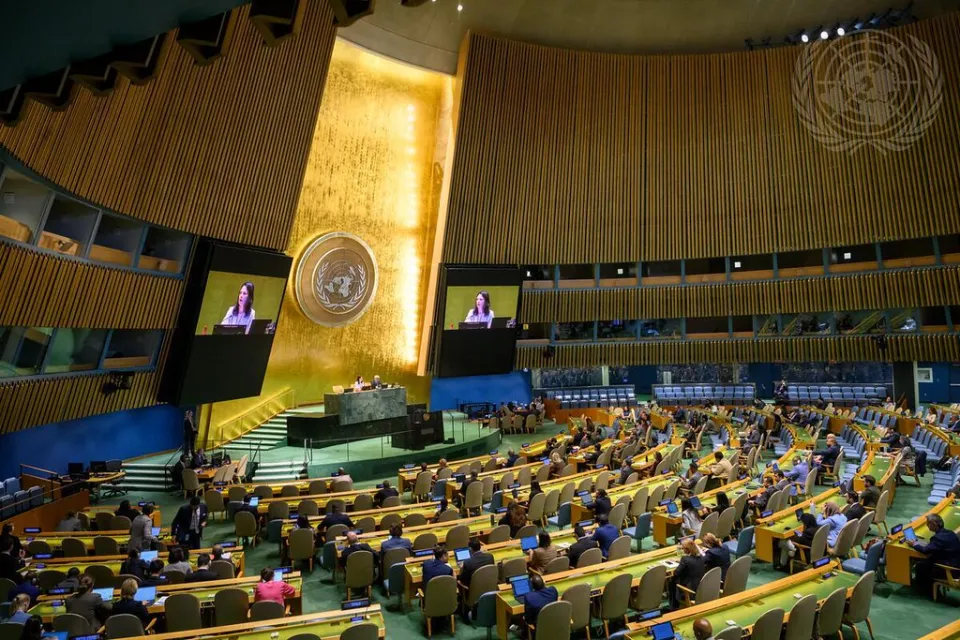A statistical look back at referendums through the years

This year has been dubbed ‘the year of direct democracy’.
2016 has experienced a record number of popular direct democracy votes across the world. As Graph 1 shows, a total of 26 countries have held national referendums in 2016. This exceeds the record numbers seen in 1991 and 1992, when many popular votes were held as a result of political developments following the Cold War. Furthermore, 2016 will also be remembered in terms of significance of some of the votes: the referendums on the UK’s EU membership and the Colombian peace agreement are events that have made headlines across the globe. The UK’s vote will certainly have a prominent impact on the global stage in the coming decades, provoking political and economic re-arrangements across the EU and beyond.
Graph 1. Number of countries holding national direct democracy votes per year since 1900

Source: V-DEM (data is based on 176 countries)
Direct democracy instruments are mainly the product of the second half of the 20th century (see Graph 2). Less than a dozen countries had legal provisions for direct democracy instruments at the national level before the mid-1940s. Since the 1950s, the number of countries adopting laws to allow direct democracy at the national level grew steadily until the end of 1980s, with even more significant growth taking place after 1990.
Graph 2 also shows the most common type of direct democracy, referendums initiated by legislature or executive, often referred to as consultative referendums. Compulsory referendums, which mainly address constitutional reforms or major issues, like independence or membership to international bodies, are also quite common across the globe. These two forms of popular vote are initiated from top down, which means that people have little power to call such referendums. The green line in Graph 2 represents citizen initiatives, which are a bottom up means to initiate a popular vote. This type of direct democracy is less popular compared to the two previous forms. Generally, it seems that when it comes to who can call a popular vote, the top down approach is much more widespread across the globe.
Graph 2. Number of countries allowing specific types of direct democracy instruments at the national level by law since 1900.

Source: V-DEM (data is based on 176 countries)
According to International IDEA’s research, based on 205 countries and territories across the globe, currently around 80% of such countries and territories have legal provisions allowing at least one form of direct democracy instrument at the national level, while 20% of countries do not have provisions for any form of direct democracy at the national level. The latter includes diverse countries both in terms of level of democracy and level of economic development, such as Belgium, India, Jordan, and the United States. Some of these countries however, do allow direct democracy at the sub-national level. For example, direct democracy is quite often used in the US state of California, and local initiatives and referendums are also common in Belgium.




